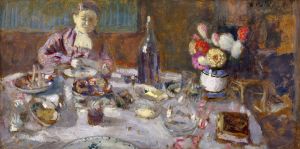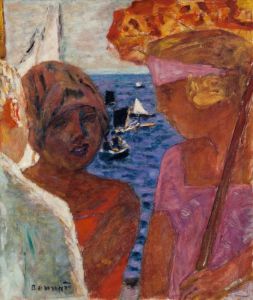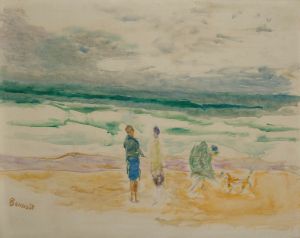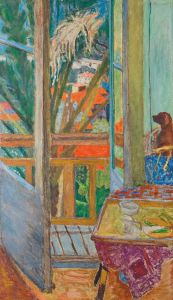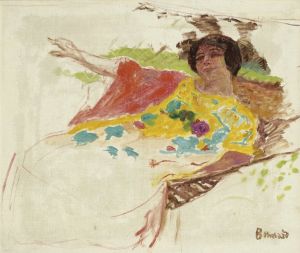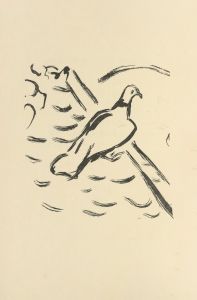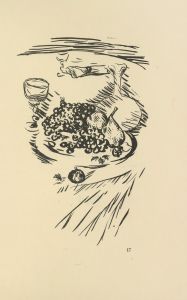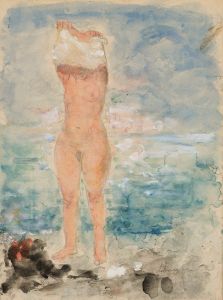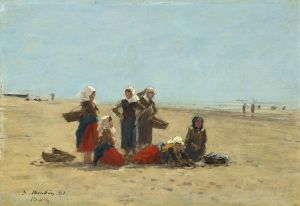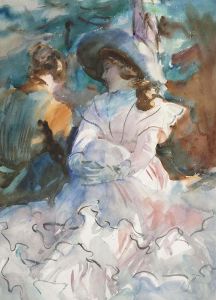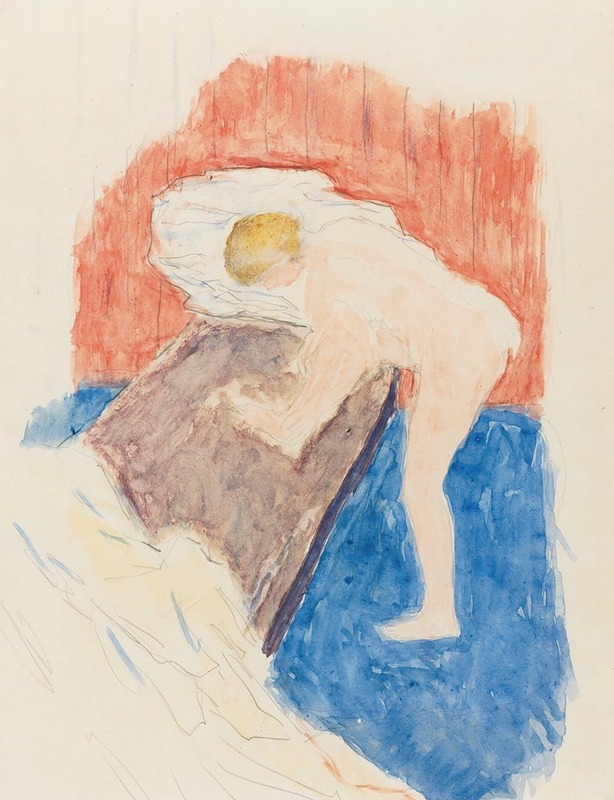
Nu À La Baignoire
A hand-painted replica of Pierre Bonnard’s masterpiece Nu À La Baignoire, meticulously crafted by professional artists to capture the true essence of the original. Each piece is created with museum-quality canvas and rare mineral pigments, carefully painted by experienced artists with delicate brushstrokes and rich, layered colors to perfectly recreate the texture of the original artwork. Unlike machine-printed reproductions, this hand-painted version brings the painting to life, infused with the artist’s emotions and skill in every stroke. Whether for personal collection or home decoration, it instantly elevates the artistic atmosphere of any space.
Pierre Bonnard's painting Nu à la baignoire (translated as Nude in the Bathtub) is a notable work by the French Post-Impressionist painter, who is celebrated for his intimate domestic scenes and innovative use of color and light. Bonnard, a founding member of the Nabi group, often explored themes of everyday life, with a particular focus on interiors, landscapes, and the human figure. His works are characterized by their dreamlike quality and a sense of quiet introspection.
Nu à la baignoire is one of Bonnard's many depictions of bathing scenes, a recurring subject in his oeuvre. These works often featured his lifelong companion and muse, Marthe de Méligny, who frequently modeled for him. Marthe's presence in these paintings is central, as Bonnard captured her in moments of privacy and routine, imbuing the scenes with a sense of intimacy and timelessness. The bathing scenes are not only studies of the human form but also explorations of light, color, and texture, as Bonnard masterfully rendered the interplay of water, skin, and the surrounding environment.
In Nu à la baignoire, Bonnard employs his signature palette of soft, luminous colors, creating a harmonious composition that draws the viewer into the tranquil atmosphere of the scene. The painting reflects his interest in the effects of light on surfaces and his ability to convey a sense of warmth and serenity. Bonnard's approach to perspective is also noteworthy, as he often used unconventional angles and cropping to create a sense of immediacy and intimacy.
The exact date of Nu à la baignoire is not always clearly documented, as Bonnard often worked on multiple canvases over extended periods, revisiting and reworking them. However, it is consistent with his broader body of work from the early to mid-20th century, during which he frequently explored similar themes and techniques.
Bonnard's bathing scenes, including Nu à la baignoire, have been interpreted as meditations on the passage of time and the ephemeral nature of life. Rather than focusing on idealized forms, he emphasized the sensory and emotional experience of the moment, creating works that resonate with a sense of quiet beauty and introspection.
Today, Nu à la baignoire is recognized as an example of Bonnard's mastery in capturing the intimate and poetic aspects of everyday life. The painting is held in high regard for its technical brilliance and emotional depth, reflecting the artist's unique vision and enduring influence on modern art.





